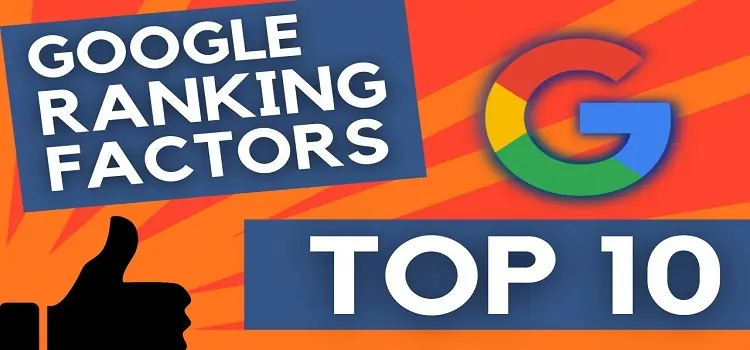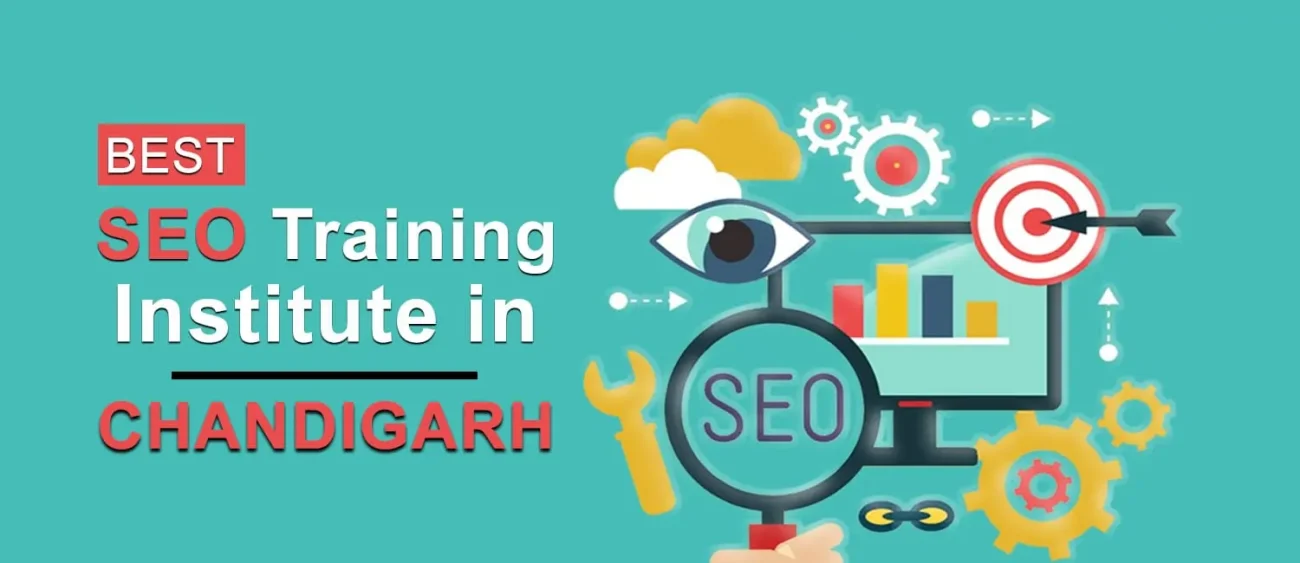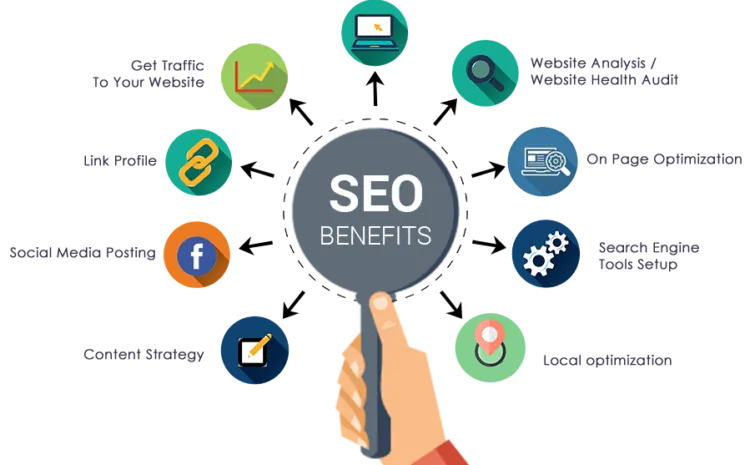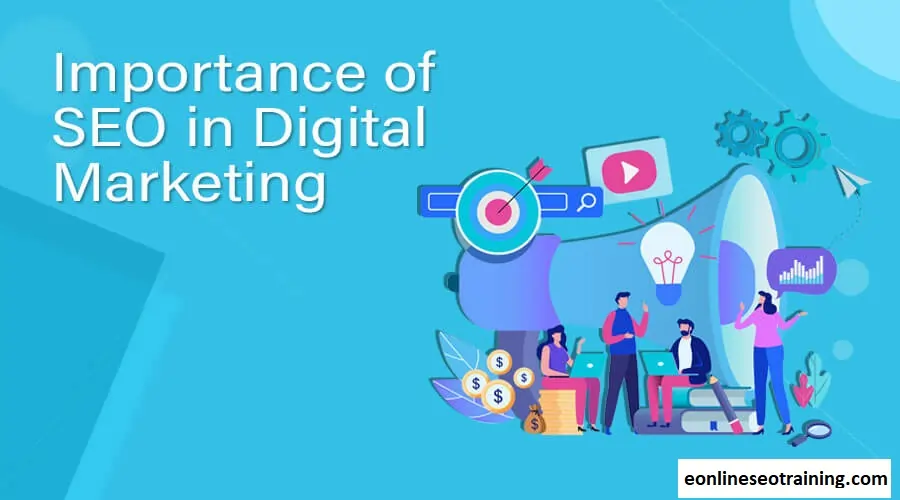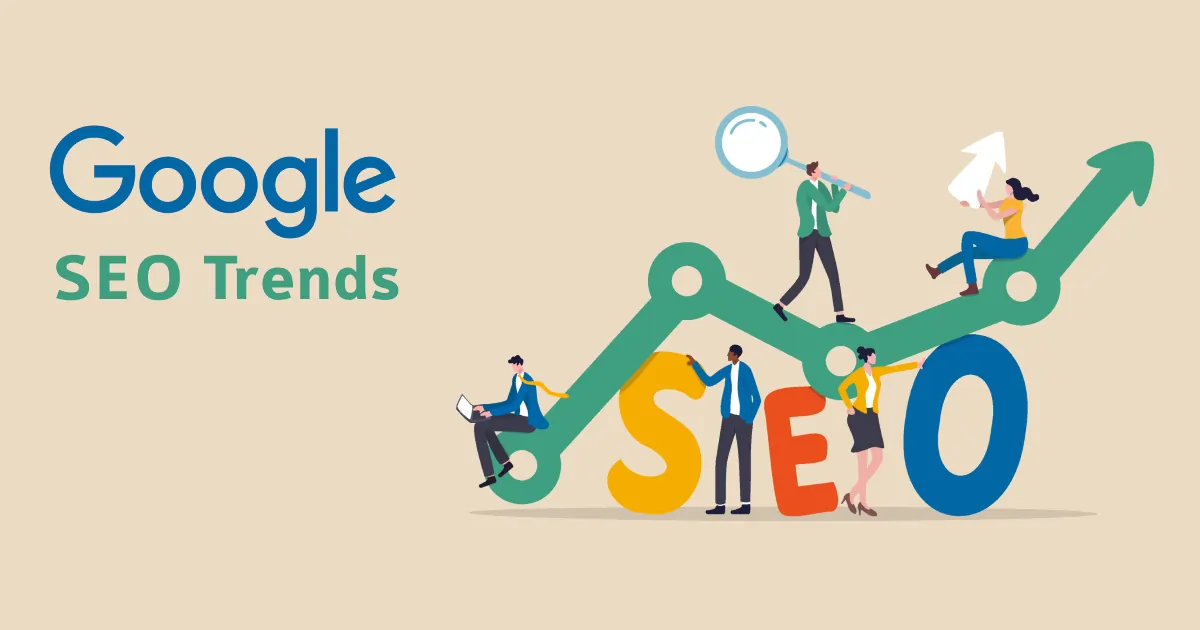Improve Word Press Web-Site Speed
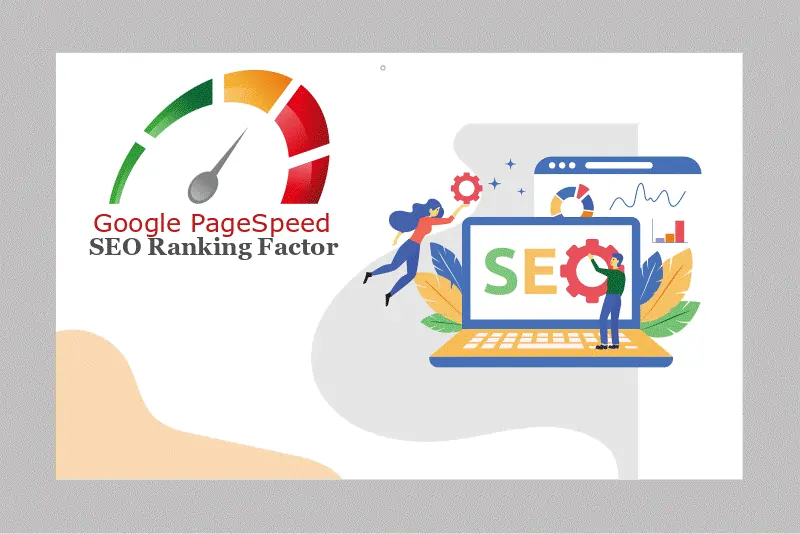
Improve Word Press Web-Site Speed
Introduction
In today’s digital landscape, where WordPress website speed and convenience are paramount, website performance plays a crucial role in providing a positive user experience. One of the key factors that impact website performance is page speed. In this article, we will explore the relationship between improving page speed and its impact on the helpfulness of content in Google’s search rankings.
Understanding Page Speed and Its Impact on SEO
What is Page Speed?
Page speed refers to the time it takes for a web page to load fully in a user’s browser. It is determined by various factors such as server response time, HTML structure, CSS and JavaScript optimization, image size, and network latency. A fast-loading website ensures a seamless browsing experience for users.
Why is WordPress website speed Important for SEO?
Page speed is a crucial ranking factor for search engines, including Google. Search engines prioritize delivering the best user experience, and fast-loading websites contribute to that goal. Websites with slow page speed may experience higher bounce rates, lower user engagement, and ultimately, lower search engine rankings.
How Does WordPress website speed Affect User Experience?
Page speed directly impacts user experience by influencing the time it takes for users to access the desired content. Slow-loading pages frustrate users and can lead to increased bounce rates, decreased time spent on page, and diminished overall satisfaction. On the other hand, fast-loading pages enhance user experience, encouraging longer engagement and higher conversion rates.
The Relationship Between Page Speed and Content Quality
Does Page Speed Influence Content Relevance?
While page speed itself does not determine content relevance, it indirectly affects how users perceive and interact with the content. Users are more likely to engage with content that loads quickly and provides immediate value.
Therefore, improving page speed can indirectly enhance the perceived relevance of the content.
How Does WordPress website speed Impact Bounce Rates?
Bounce rate refers to the percentage of users who leave a website without interacting further after viewing a single page. Slow-loading pages often result in high bounce rates as users lose patience and abandon the site.
By improving page speed, websites can significantly reduce bounce rates, indicating that users find the content helpful and engaging.
Will Improving Page Speed Enhance Time on Page?
Time on page is a metric that measures the average amount of time users spend on a specific page. Fast-loading pages allow users to quickly access the content, increasing the likelihood of longer time spent on the page.
When users spend more time engaging with the content, it signals to search engines that the content is valuable and helpful.
Techniques to Improve Page Speed
Optimizing Image Size and Compression
Large image files can significantly slow down page load times. By optimizing image size and compressing them without compromising quality, website owners can reduce file sizes and improve page speed.
Minifying CSS and JavaScript
Minifying CSS and JavaScript involves removing unnecessary characters, whitespace, and comments from the code. This process reduces file sizes, leading to faster loading times.
Enabling Browser Caching
Browser caching allows websites to store static files on a user’s device, such as images, CSS, and JavaScript. When a user revisits the website, the browser can retrieve these files from the cache, reducing the need for repeated server requests and improving page speed.
Utilizing Content Delivery Networks (CDNs)
Content Delivery Networks (CDNs) distribute website content across multiple servers worldwide. By serving content from the nearest server to the user’s location, CDNs minimize network latency and improve page load times.
Reducing Server Response Time
Server response time refers to the time it takes for a web server to respond to a user’s request. Optimizing server configurations, reducing database queries, and using caching mechanisms can help decrease server response time and improve overall page speed.
Evaluating Page Speed Performance
Tools for Measuring Page Speed
Several tools are available to measure page speed performance, including Google’s Page-Speed Insights, G-Metrex, and Pindos. These tools provide detailed metrics and suggestions for improving page speed.
Analyzing and Interpreting Page Speed Metrics
Page speed metrics such as First Concertful Paint (FCP), Largest Concertful Paint (LCP), and Cumulative Layout Shift (CLS) offer insights into different aspects of page loading.
Understanding these metrics helps website owners identify areas for improvement and measure the impact of optimization efforts.
Benchmarking WordPress website speed Performance
Benchmarking page speed against competitors and industry standards provides a reference point for assessing performance. Regularly monitoring and comparing page speed metrics help identify areas where further optimization is needed.
Common Challenges in Improving Page Speed
Dealing with Large and Complex Websites
Large and complex websites with extensive content and functionalities often face challenges in optimizing page speed. Careful optimization techniques, including code magnification, lazy loading, and efficient caching strategies, can help overcome these challenges.
Balancing Design and Functionality
The design and functionality of a website can impact page speed. Striking a balance between visually appealing design and optimal performance requires careful consideration of file sizes, resource loading, and code efficiency.
Managing Third-Party Scripts and Plugins
Third-party scripts and plugins can add functionality to websites but also introduce additional overhead and slow down page speed. Regularly evaluating and optimizing the use of these elements is essential for maintaining optimal page speed.
Overcoming Mobile Page Speed Challenges
Mobile page speed is crucial, considering the growing number of users accessing websites through mobile devices.
Mobile-specific optimization techniques, such as responsive design, AMP (Accelerated Mobile Pages), and image optimization, can help overcome mobile page speed challenges.
The Future of Page Speed Optimization
Core Web Vitals and Google’s Page Experience Update
Core Web Vitals are a set of user-centric metrics that measure key aspects of web page experience. Google has incorporated these metrics into its ranking algorithm, emphasizing the importance of page speed and user experience.
Website owners should prioritize optimizing Core Web Vitals to maintain or improve search engine rankings.
Mobile-First Indexing and Mobile Page Speed Optimization
Google’s mobile-first indexing means that the mobile version of a website is considered the primary version for ranking and indexing. Mobile page speed optimization is crucial to ensure optimal visibility and rankings in search results.
The Continuous Evolution of Page Speed Best Practices
Page speed best practices are continuously evolving as technology advances and user expectations change.
Staying updated with the latest trends and techniques in page speed optimization is vital for maintaining a competitive edge and providing a seamless user experience.
FAQs
What is the ideal page load time for SEO?
The ideal page load time for SEO is typically considered to be under three seconds. However, the faster the better, as users have increasingly high expectations for fast-loading websites.
Can slow page speed affect search engine rankings?
Yes, slow page speed can negatively affect search engine rankings. Search engines prioritize delivering a positive user experience, and slow-loading pages may receive lower rankings due to higher bounce rates and reduced user engagement.
Does page speed impact mobile search rankings?
Yes, page speed has a significant impact on mobile search rankings. With the rise of mobile internet usage, search engines prioritize mobile-friendly and fast-loading websites to enhance the mobile user experience.
How can I check my website’s page speed?
You can use tools like Google’s Page Speed Insights, GT Metrix, or Ping doom to check your website’s page speed. These tools provide detailed reports and suggestions for optimizing page speed.
What is the difference between page speed and site speed?
Page speed refers to the loading time of individual web pages, while site speed refers to the overall speed of a website, considering all its pages and resources. Both are important for providing a positive user experience.
Can improving page speed increase conversions?
Yes, improving page speed can increase conversions. Faster-loading pages provide a better user experience, reduce bounce rates, and increase user engagement, leading to a higher likelihood of conversions.
Is page speed a ranking factor for all types of websites?
Yes, page speed is a ranking factor for all types of websites. While the impact may vary depending on other factors, such as the competitiveness of the industry, faster page speed generally improves the chances of higher search engine rankings.
Does page speed affect ad performance?
Yes, page speed affects ad performance. Slow-loading pages can result in lower ad viewability, reduced engagement with ads, and lower overall ad revenue. Optimizing page speed can improve the performance of advertisements on a website.
Are there any SEO benefits to using a CDN?
Yes, using a Content Delivery Network (CDN) can provide SEO benefits. CDNs help reduce server response time, improve page load times, and enhance user experience, which positively impacts search engine rankings.
How often should I monitor my website’s page speed?
It is recommended to monitor your website’s page speed regularly, especially after making any significant changes or updates. Regular monitoring helps identify performance issues and allows for timely optimization to maintain optimal page speed.
Conclusion
Improving page speed is crucial for providing a positive user experience, enhancing content visibility, and improving search engine rankings.
By implementing various optimization techniques, monitoring performance, and staying updated with evolving best practices, website owners can ensure their content is helpful, engaging, and easily accessible to users.[/vc_column_text][/vc_column][/vc_row]

